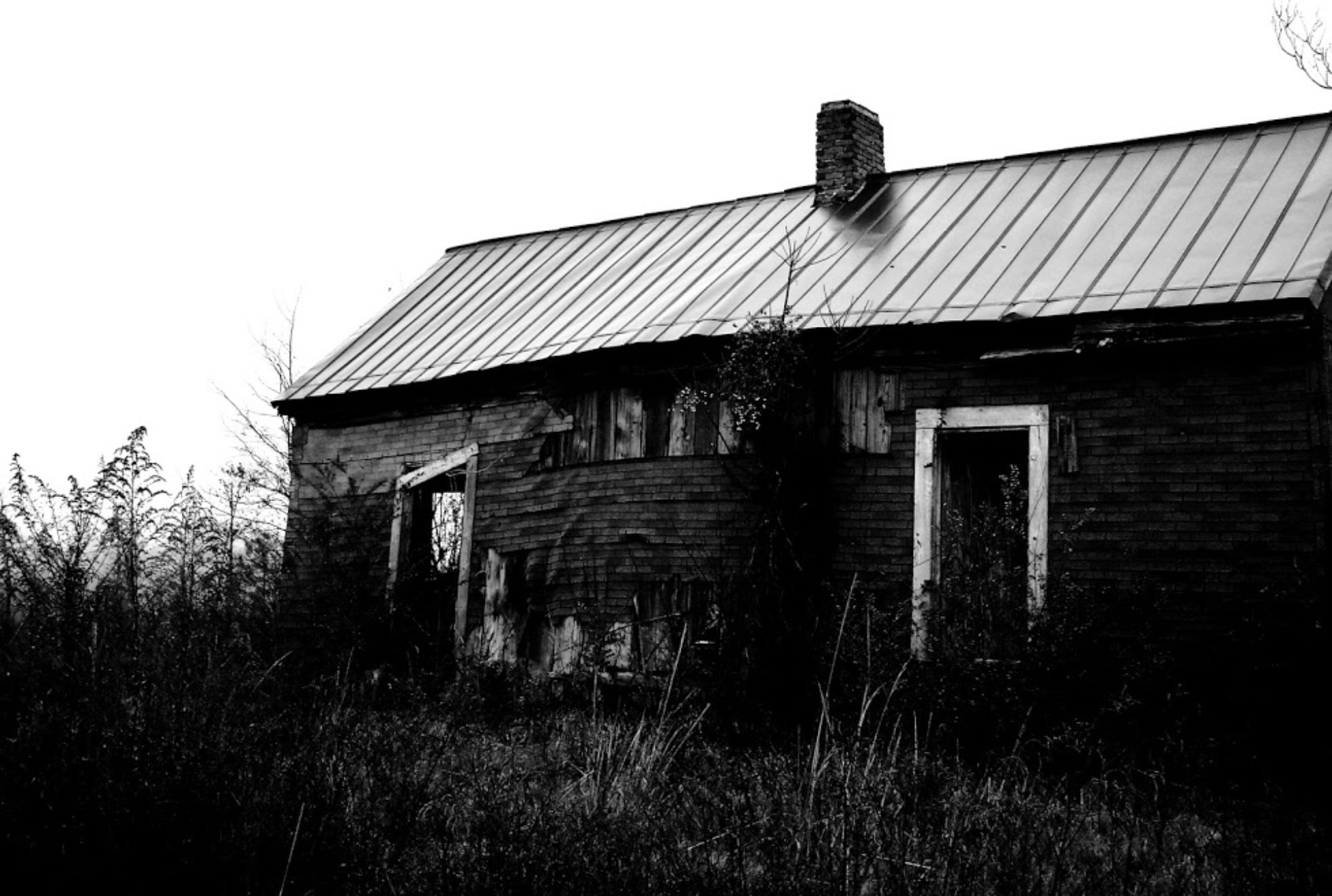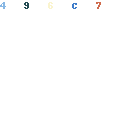My concept for enough {tiny living} is simple: dovetailing my love for our struggling planet with my interest in sourcing quality, kitschy vintage items locally at price points and within budgets regular people can afford—and using them to create comfortable, functional, and green tiny living spaces. Whenever possible, I experiment with free or found items to see what I can craft out of them (like a garden enclosure I made out of construction cast-offs and roadside finds).
When it comes to our relationships with stuff, plenty of folx like to classify themselves as maximalists—and maybe some are. But I anticipate most really aren’t, and are scared like I used to be: buying things for a momentary high, to try and fill some void, to keep up with their neighbors—which reifies the fallacy folx have been conditioned to believe is true: stuff equates to happiness or evidences success.
But what it really does is give power to hyper-consumption—that insidious practice that only benefits corporate billionaires, and that undergirds the capitalist ideal: spend your income on meaningless things, stretch yourself thin so you have to overwork into an early grave.
We have enough stuff on this polluted planet. So there’s really no need to buy cheap, poorly made crap (most of which is made through exploitative labor, and imprints a sizable carbon footprint—all of which disproportionately undermines the health and wellbeing of Black, Indigenous, People of Color communities). Instead, think about how little you actually use on a daily basis; everything else that’s gathering dust is simply (emotional or physical) filler. If you parted with it, how much space and time could you reclaim to learn valuable skills that’ll help you navigate a future on this dying planet?
Have you had enough?
If you want to brainstorm ideas about what worked for me, or how you can get started, send me a message through the form below.
THE BACKSTORY
By the time we’d finished, I was sweating. The action was fast, our synchronicity flawless. Everything was a blur, and I was thrilled. I looked at him, unsure if I was supposed to leave the money on the table, or give him my number. Or both.
I slid the wooden paddle across the table’s weathered surface. He looked up at me, his dark eyes piercing mine.
“That was quite something,” he said with a smirk.
I blushed, the way most first-timers do. I wasn’t sure if I’d done anything right. But everything was behind us, and he seemed pleased with my performance. Or maybe just the money I was holding.
I paid him, and smiled widely—my toothy grin bracketed by fiery red cheeks.
“Thanks again. That was fun,” I said.
He touched his cowboy hat in a salutatory gesture.
I gave the auctioneer one last smile, and then turned, stooping beside the table to pick up my boxed auction lot.
***
Old, worn things have always caught my eye—due in part to growing up surrounded by antiques, and having been an archaeologist. I never tire of their utility and subtle beauty.
But a frequent refrain I hear is, “Antiques are so expensive. I’ll just go to IKEA.” There’s a wild misconception that quality vintage pieces are weighed down with ungodly high price tags.
Sure, plenty of folks capitalize on labeling something “vintage” and hiking the price, but there’s so much good stuff out there that can be had for a fraction of the cost of an unpronounceable IKEA piece, and not require a bottle of vodka and a screwdriver to put together.
Repurposing old things that’ve withstood the test of time just feels good. And it’s good for the environment.
Save trees. Stow your furniture assembly tools. Acknowledge there’s already enough.

